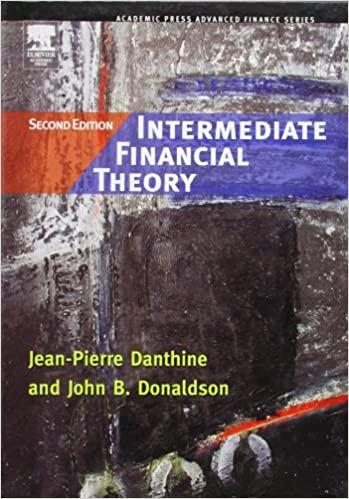Question
The decision on IPO should not be all that surprising because investors were quite skeptical about the level of valuation WeWork could command. The article
The decision on IPO should not be all that surprising because investors were quite skeptical about the level of valuation WeWork could command. The article below (published on 9/11/2019) provides some perspectives on potential valuation of WeWork. Based on the article (and any additional information you may find), please respond to questions below: According to the article, while fast-growing companies experiencing losses do manage to go public, what differences in We Co.'s revenues and costs trajectory might be cause for investor concern? As the article notes, WeWork has managed to raise significant amounts of capital from investors and ever-increasing valuation levels. Discuss the competing pressures that WeWork and its existing investors face vis a vis the company's valuation at IPO. According to the article, IWG, considered a comparable company to We Co., has a market value one-tenth that implied by We Co.'s last investment round. Based on the article and any other information, how do you think We Co. would justify a significant valuation premium to IWG?7
WeWork eventually completed its IPO in October 2021 using a SPAC structure.
A note on IPO process:
In an IPO, existing and/or new shares of a privately held company are sold to investors through an underwriting process. A syndicate of underwriters buy shares from the company at a price 7 percent (typical underwriters spread) less than the IPO price (offer price). These shares then allocated to those investors who expressed interest in buying shares and they pay the offer price. Those investors then can decide to sell their shares once the trading starts on an organized exchange. Typically, the offer price is significantly lower than the price in the exchange once trading starts. This is called underpricing and underwriters (and issuers) knowingly underprice to make sure that investors demand shares. The underpricing (based on the offer price compared to closing price on the first day of trading) averages about 20 percent in the US. Even though it is not common, there are example of overpricing.
Step by Step Solution
There are 3 Steps involved in it
Step: 1

Get Instant Access to Expert-Tailored Solutions
See step-by-step solutions with expert insights and AI powered tools for academic success
Step: 2

Step: 3

Ace Your Homework with AI
Get the answers you need in no time with our AI-driven, step-by-step assistance
Get Started


